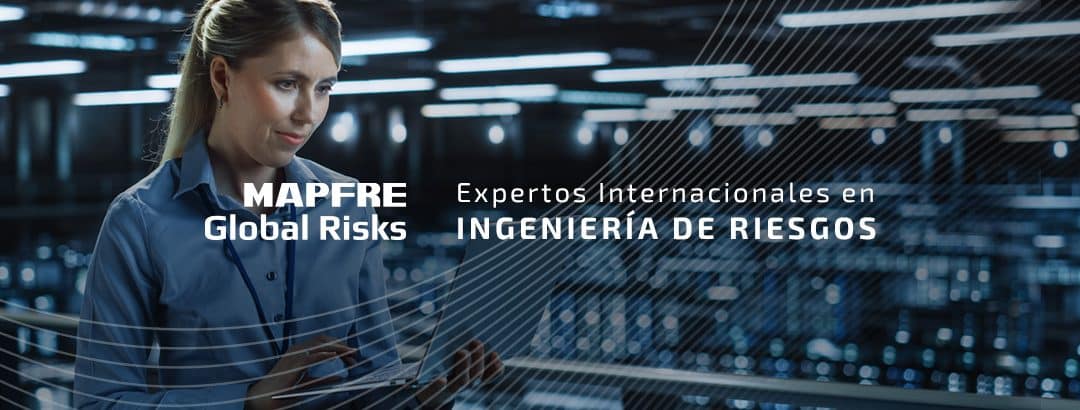Cristina Leon Vera | 08/02/2024
Sustainability is a shared objective for major strategic industries and air transport in particular, a transversal challenge for all economies around the world. Fuels and technology are the keys to the circular economy challenge in aviation.
These sustainability and low environmental impact objectives are not characteristic of a business model, but rather a requirement for forming part of the international market. In order to incorporate them into the aeronautical sector, the participation of many economic agents and a shared strategy with other essential activities are necessary.
“After a period of uncertainty brought on by the COVID-19 economic crisis, we are faced with a new sustainable aviation system that can put the aeronautical and aerospace sector in a leading position in the value chain. This tipping point has turned a corner on the commitment to achieve a dramatic decrease in greenhouse gas emissions with a position that aligns with the European Union’s roadmap to implement a transformation toward climate neutrality,” states Rocío Ruiz, leader in Sustainable and Future Mobility research at AIMPLAS (Technological Institute of Plastics), whose internal structure has areas dedicated to recycling, reusing, the evaluation of waste, and the creation of new recyclable materials. It is connected to the aeronautical sector through R&D&i projects.
Challenges and Signs of Transformation
When developing a more sustainable industry, aeronautics focuses its efforts on two high-impact actions. On the one hand, the migration of a fully fossil fuel–based power system to a safe, reliable, and accessible zero-emission model of air transport.
Another major challenge is the recyclability of materials and how to maximize their properties, improving the efficiency of reutilization techniques. AIMPLAS warns that this goal “requires significant investment in new infrastructure that allows for a greater availability of new energy sources.” This challenge involves the stable, long-term collaboration of the entire value chain through a commitment to:
- materials and design configurations that improve efficiency, weight, and noise;
- simulation tools and models;
- alternative energy for electric and hybrid propulsion;
- operational repair, monitoring, and prediction technologies; and
- waste recyclability and evaluation.
Moving Toward a Circular Economy
One of the fundamental principles of circularity is productive efficiency, which is based on the choice of materials likely to be reused or rehabilitated. “There is great interest in thermoplastic hybrid materials and short-fiber processes, as well as materials from bio-based sources and that are reversibly crosslinked,” affirms Rocío Ruiz.
In this context that is common in other industries, three key actions that are being incorporated into the sector stand out:
- the entry of material with higher recycled or biological content;
- the reuse of waste from the manufacturing of composite material for applications inside the cabin; and
- disposal by producing second applications for other sectors with composite-material waste.
These principles of the circular economy are also being implemented in other phases, such as conception, design, operation, and maintenance. Major administrations drive this integration with R&D&i projects that promote these criteria and foster regulatory frameworks for component recycling and reuse. “The aeronautical sector’s contribution to the ecological transition has been dynamic. The evidence of this situation is the actions in the field of innovation of the Strategic Project for the Recovery and Economic Transformation (PERTE) of the aerospace sector, where one of the specific objectives is to train the industry in zero-emission technologies and systems,” the organization asserts.
Innovation over Regulations
Rocío Ruiz insists that one of the industry’s main needs is the creation of new regulatory frameworks for the recycling of aeronautical components and materials, ensuring compliance with the safety and reliability requirements that are crucial in the sector. “Currently, technological progress is being made ahead of current regulations,” she says.
This technological progress is focusing its efforts on the search for “lighter and more durable materials, digitalization tools, and artificial intelligence for continual process improvement,” although she points out that air traffic management is also being worked on.
This comprehensive view of the circular economy in the sector is critical, and the aim is to implement it at every stage of the industry. “It is necessary that technologies for recycling and reuse be developed from a design stage, which maximizes the reuse of the materials and incorporates others that are even more recyclable,” the expert concludes.
Article Collaborator:

Rocío Ruiz is an Industrial Engineer with a Master’s degree in Composite Materials and an expert in the Promotion and Management of Projects and International R&D&i Activities. She has more than seven years of experience in the aeronautical sector, working for Airbus Operations and the Foundation for the Research, Development and Application of Composite Materials (FIDAMC) on projects for continual improvement, future factories, advanced materials, and R&D projects.
She currently leads research in Sustainable and Future Mobility at AIMPLAS, a non-profit entity belonging to the Technology Institutes Network of the Valencian Community (REDIT).





